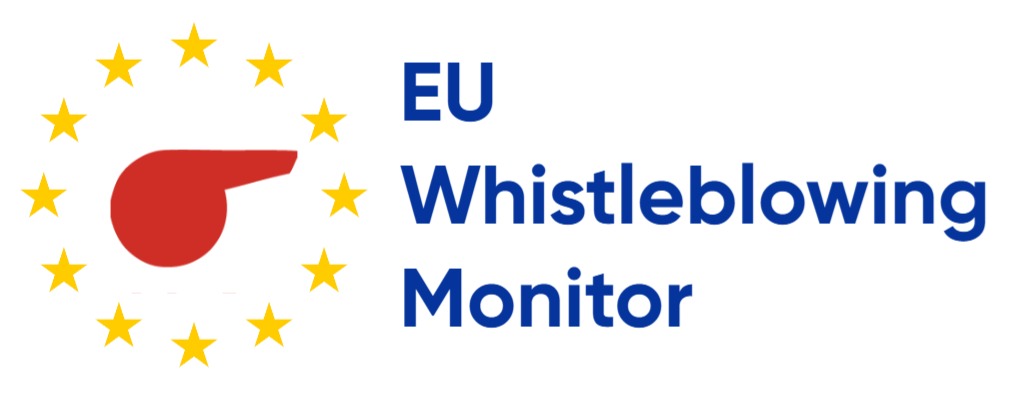Source: regeringen.se
On 29 June 2020 the Inquiry on the Swedish transposition of the Directive, which has been ongoing since 29 May 2019, delivered its 802 page-long report containing a proposal for new legislation on the protection of persons reporting wrongdoing, intended to replace the existing Whistleblowing Act which has been in force since 2017, as well as an additional law change and various new or amended provisions.
It is proposed that the law also shall apply to breaches occurring abroad. For reporting channels, it is proposed that under certain conditions it shall be allowed to set up a single channel for companies with activities in several countries. If the company in Sweden employs more than 249 persons there must be a dedicated channel in Sweden.
Noteworthy in the proposal is also the horizontal approach which not limited to the areas covered by the Directive; inclusion of both private and public sectors; public disclosure; that consultation with trade union would be protected; and, that collective agreements may replace the design of the reporting channel provided that the rights of the reporting persons lives up to the Directive’s requirements.
The Inquiry also proposes governmental grants to be put in place for trade unions and non-governmental organisations to give advice and provide information to whistleblowers.
A few issues are not resolved in the proposal: Recital 32 states that “persons should be entitled to protection under this Directive if they have reasonable grounds to believe that the information reported falls within its scope” which appears to be absent from the proposal.
The proposed amendment are to enter into force is 1 December 2021. A consultation process will now follow where relevant stakeholders, including f government agencies and NGOs can comment on the report.
The Government will now draft a new proposal which is to be submitted to Parliament (and its committee on the topic) for consideration, debate, amendments and a final vote.
The summary of the inquiry in English can be found in pages 33-40.
